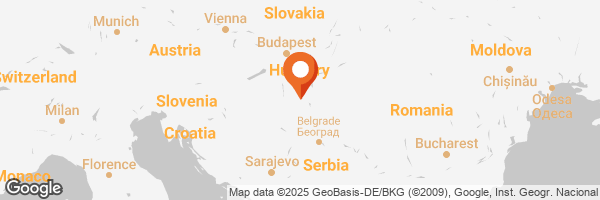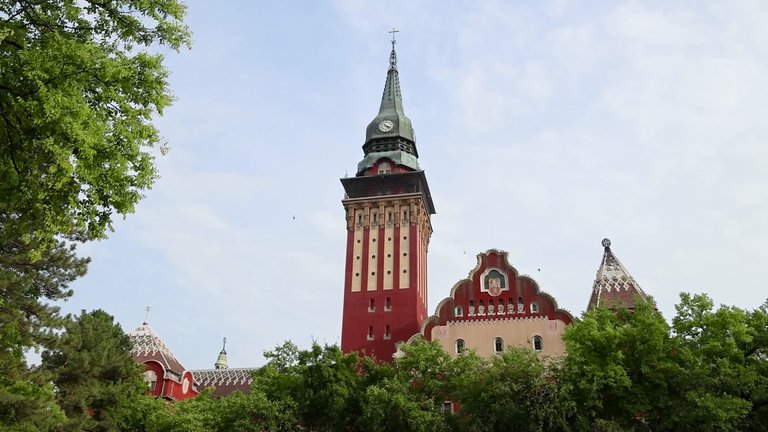
No, this is not a movie set or a fairy tale scene, but the real streets of a real city. Subotica one of the most beautiful cities in Serbia, is full of gingerbread houses and enchanting, magical city streets. It is the gastronomic capital and also one of the free economic zones. The city, which has changed its name over 200 times greeted us as the Serbian Barcelona, the center of Hungarian modernism with its most charming streets. I tried to find the most beautiful building, but choosing just one was hard for me.
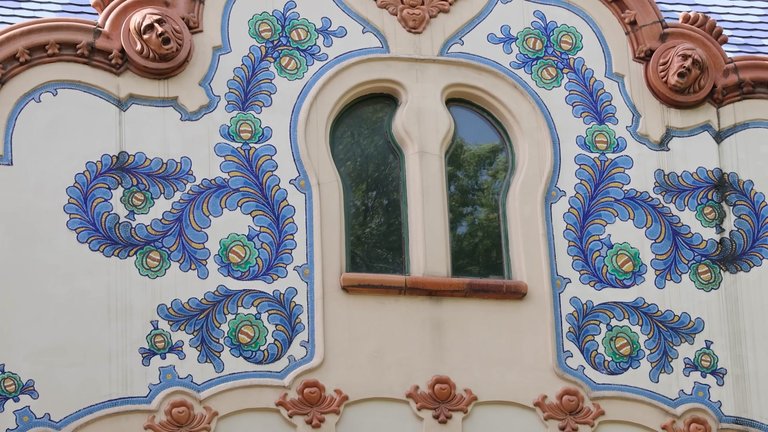
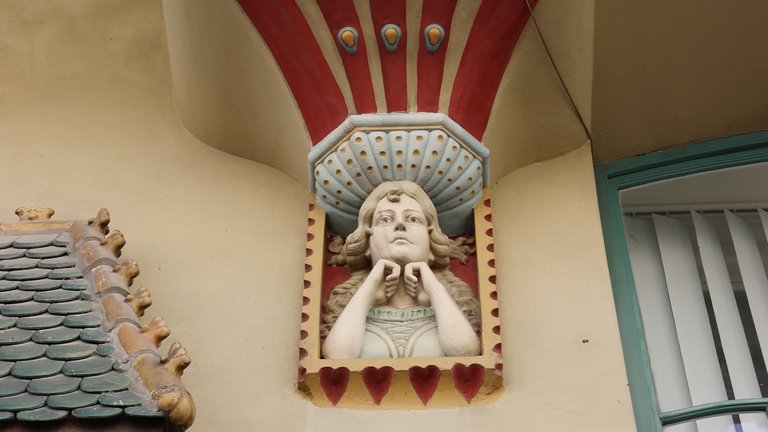

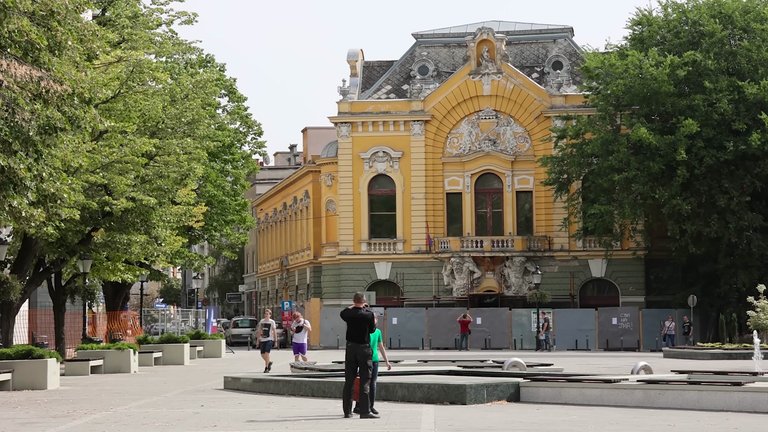
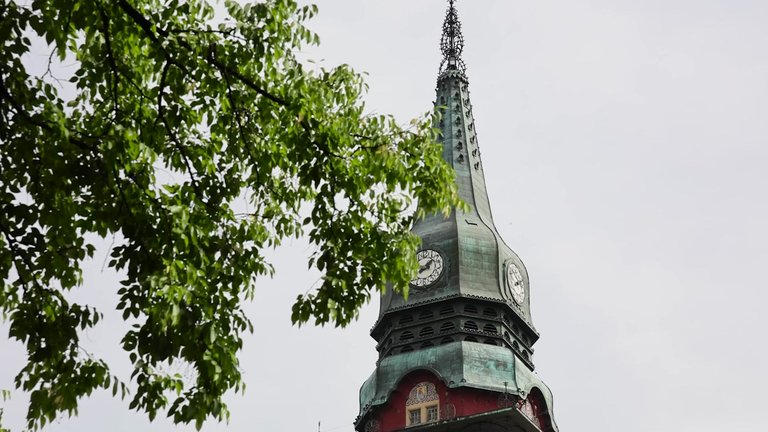
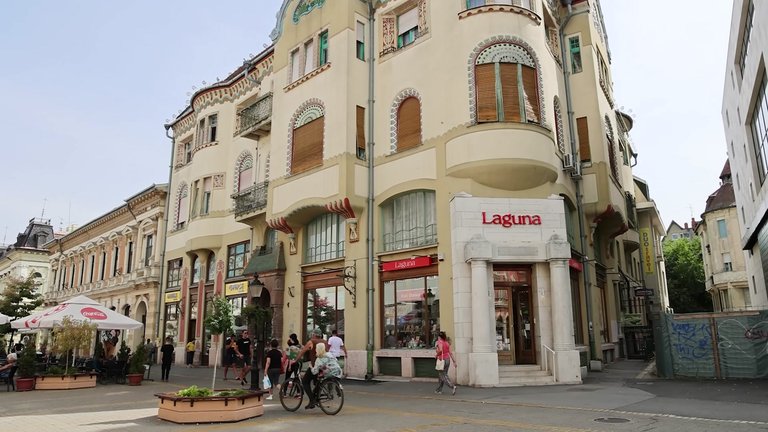
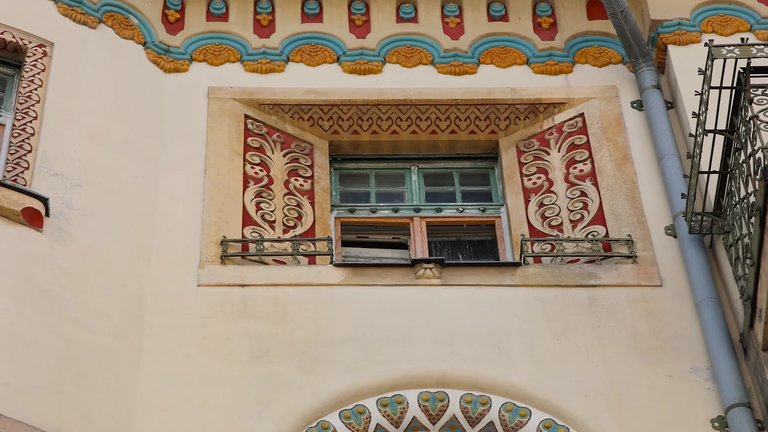
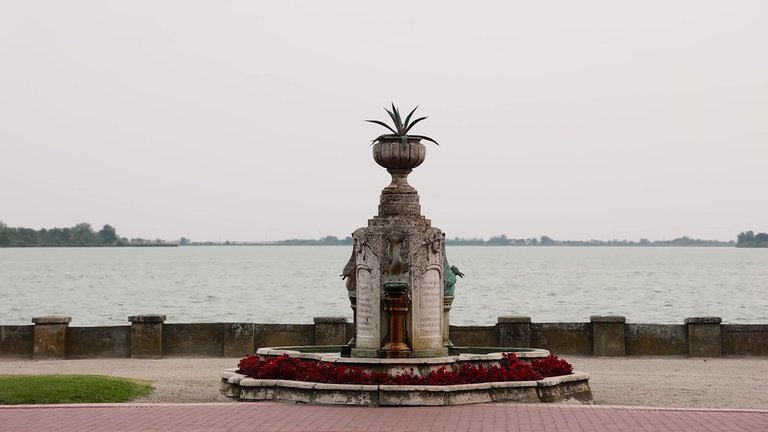
One of the most beautiful houses in the city and in Serbia in general was designed by Ferenc Raichle, a young architect known as the Hungarian Gaudí. Subotica used to be a Hungarian city and the architect was expected to have a great career. He could have been an architect recognized across Europe, but he wasn't. He had successful projects, but some were not finished on time and his company eventually went bankrupt. The architect then went to Budapest, where he disappeared among his colleagues. He had to sell his elegant house and belongings to pay off his debts. His story is an example of how talent and innovation alone are not enough for success. The people around you must also be able to support you. We know Gaudí and his world-famous modernist style thanks to the support of Catalan industrialist Güell. Güell not only ordered projects but also introduced Gaudí to high society. At that time, Gaudí's style was heavily criticized and many projects didn't trust him, but thanks to Güell's support, things turned around. Unfortunately, not everyone's luck turns out well, but in this small city in Hungary, there was such a creator during that time.
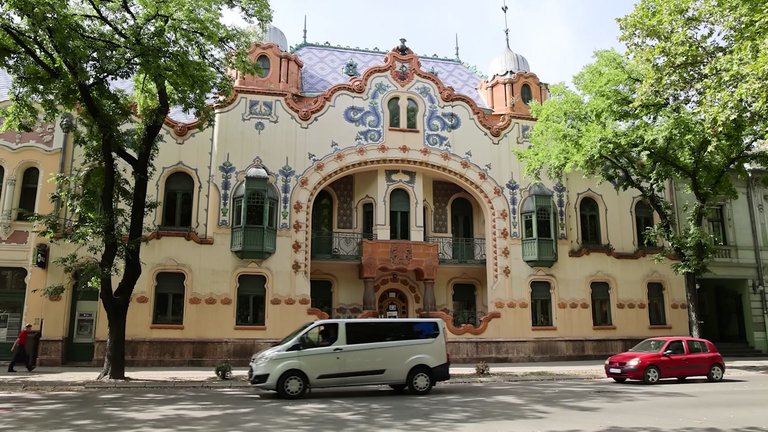
Now in this palace, there is a modern art gallery and various offices and perhaps the most peaceful courtyard in the city is here. When you enter that courtyard, you are not surprised because everything is so beautiful. Sometimes the side of a building facing the main street may look nice, but it may not appear so when viewed from the back. Here, everything is beautiful, everywhere. Hungarian modernism emerged in a wonderful and elegant way, combining the spirit of the new style with folk motifs.
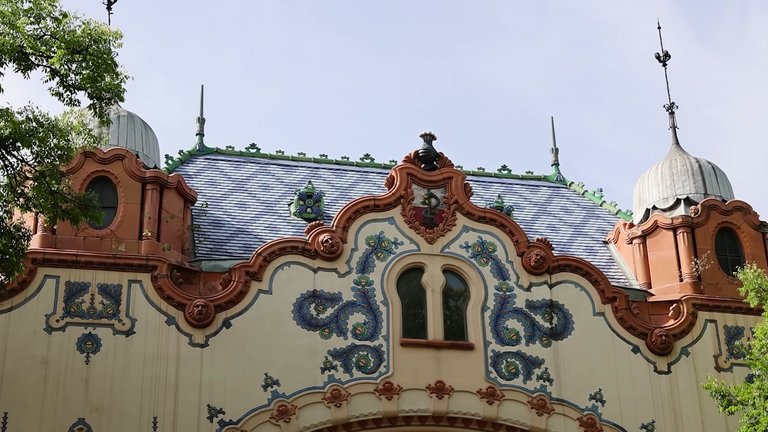
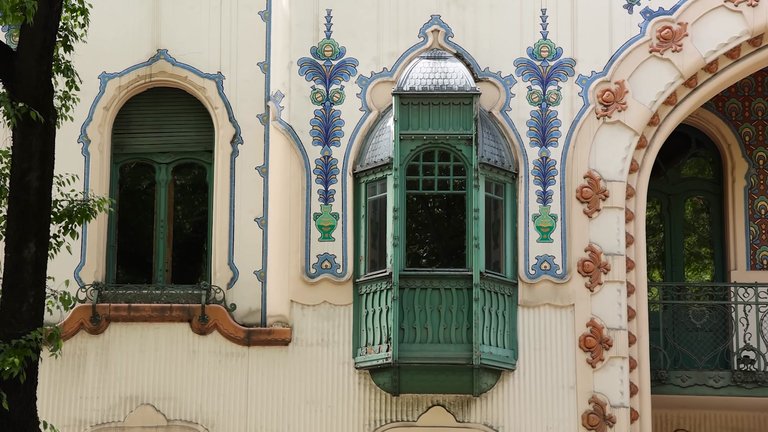
The city is very close to the Hungarian border and joined the Kingdom of Serbs, Croats and Slovenes after World War I. Subotica's geographical location was unfortunate, as it was located on the route between Europe and Asia, which led to it being constantly occupied either by the Ottoman Empire, the Hungarians or the Habsburgs. However, towards the end of the 18th century a relatively peaceful period began. Due to constant changes in governance and population migration, Subotica became a multicultural city. Many place names are still written in Serbian, Hungarian and Croatian.
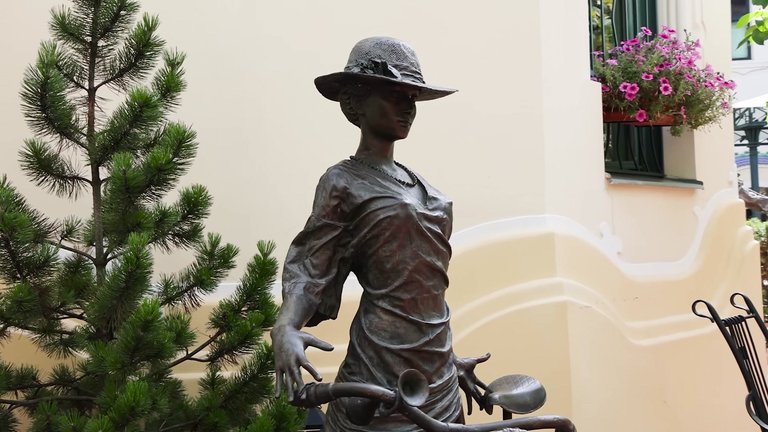
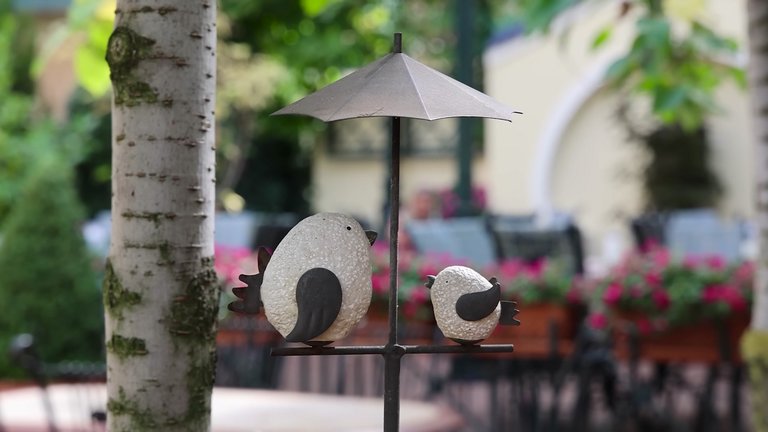
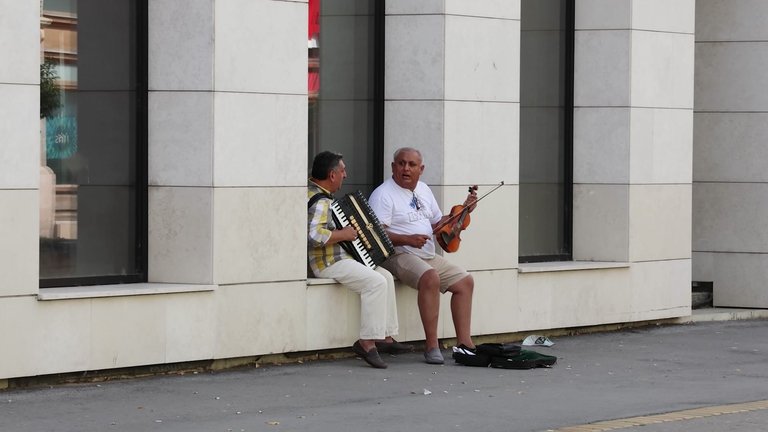
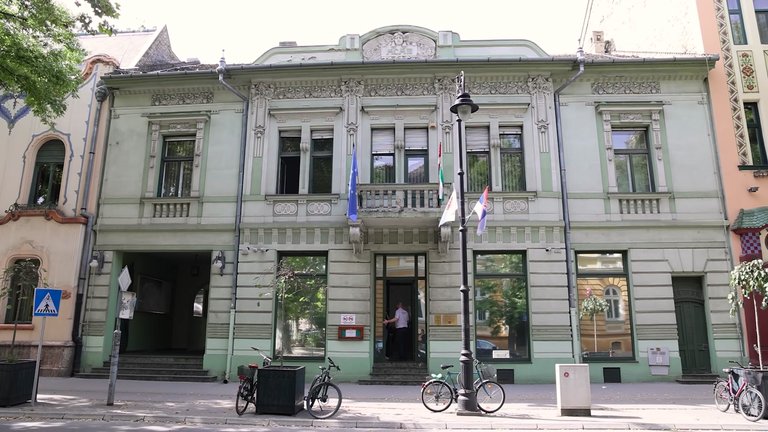
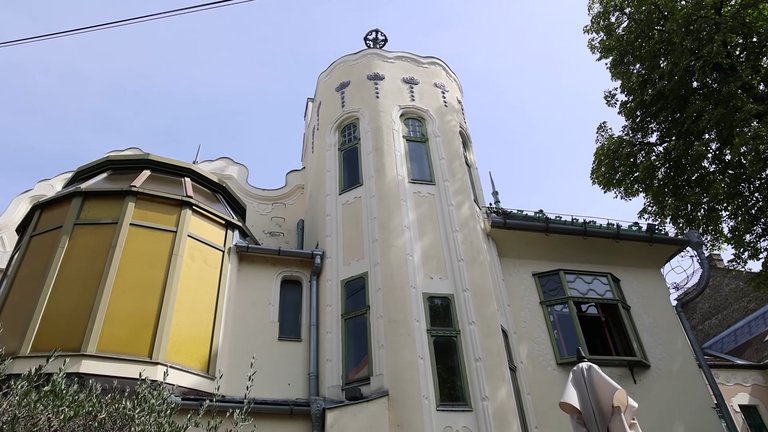
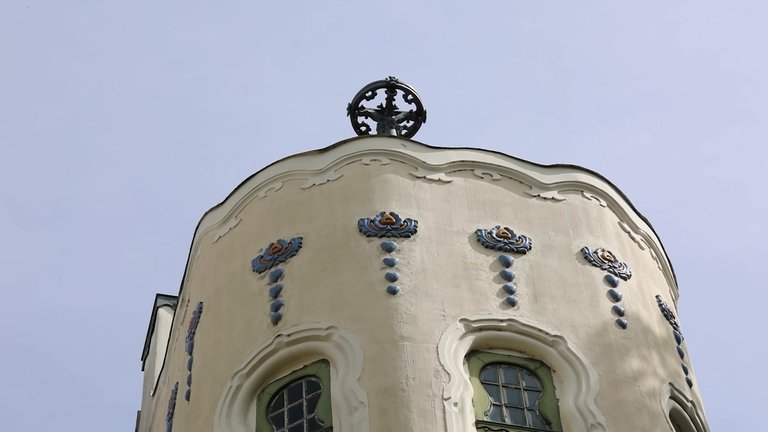
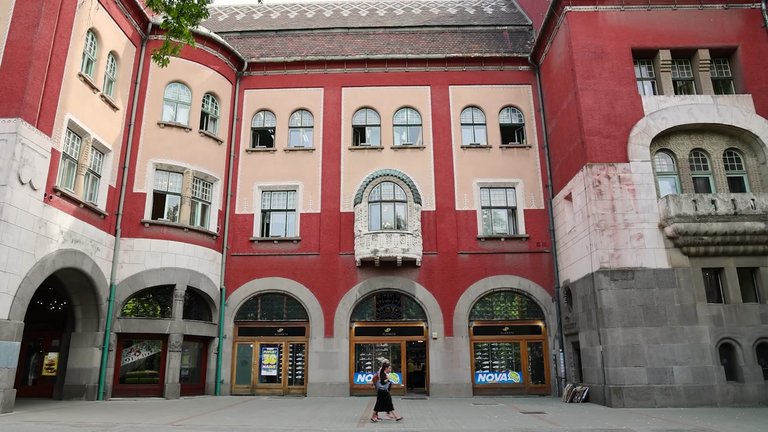
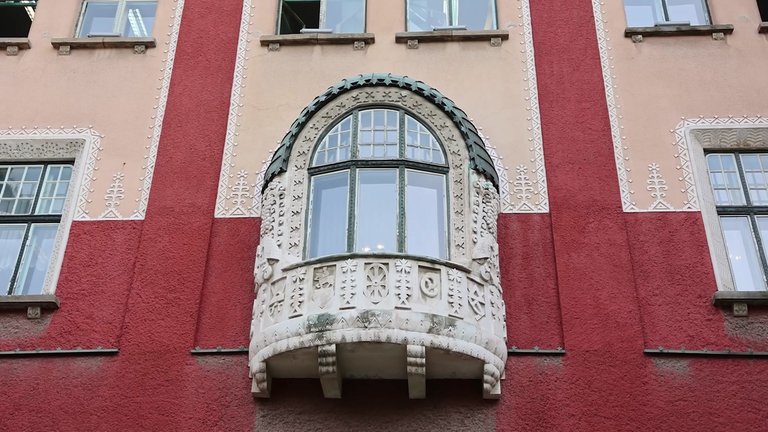

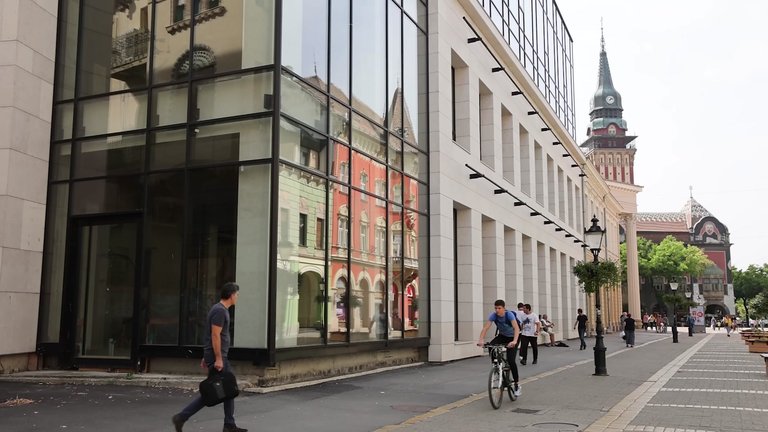
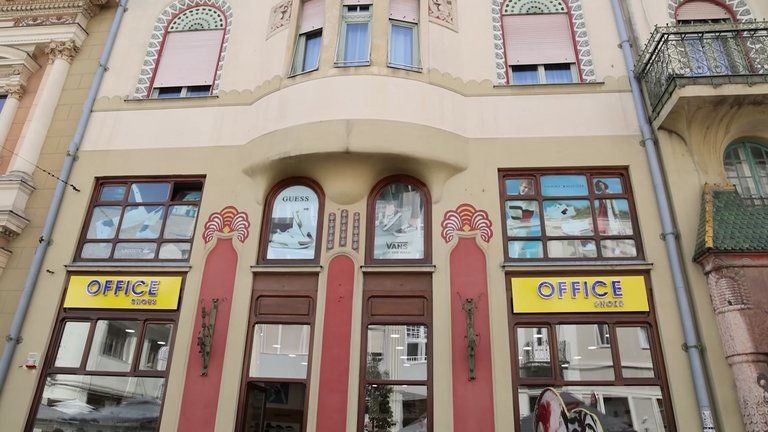
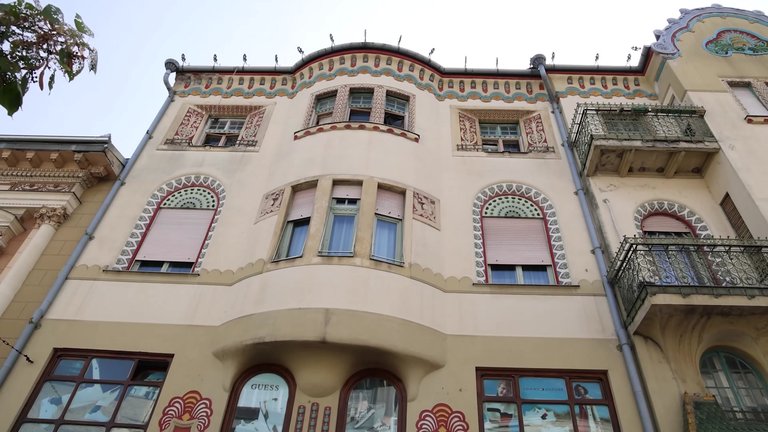
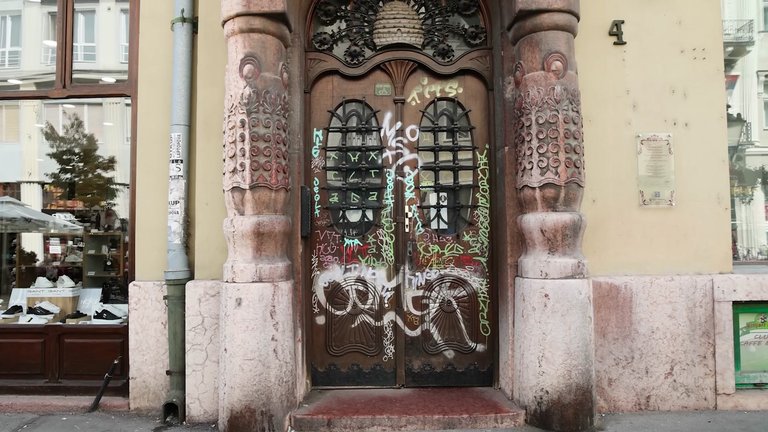
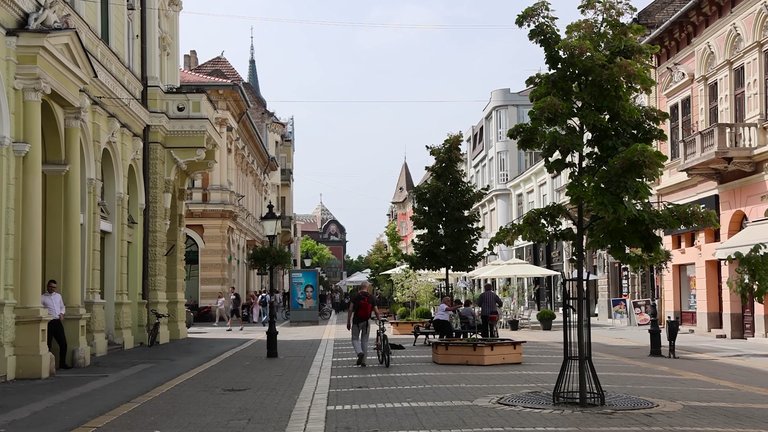
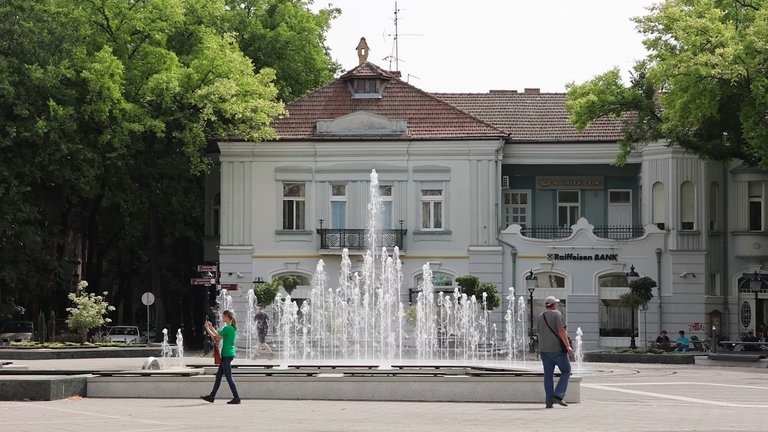
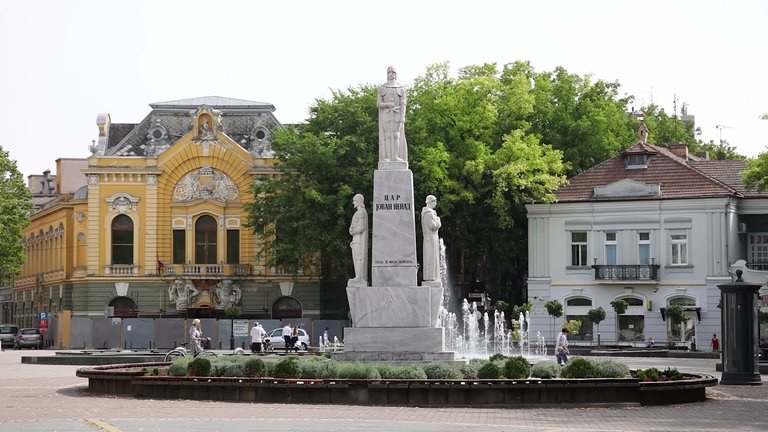
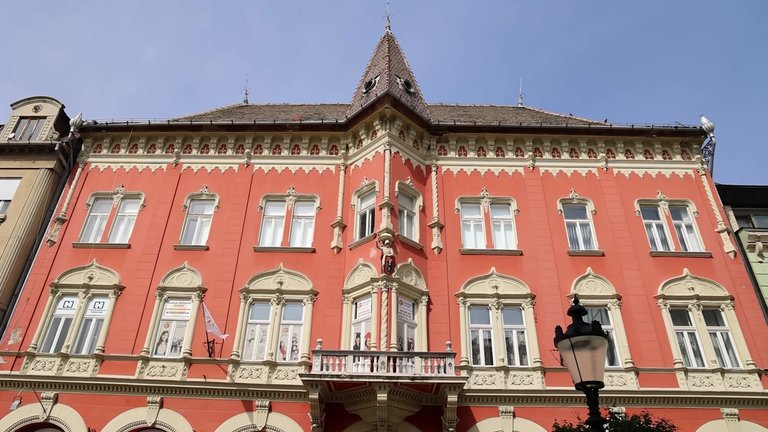
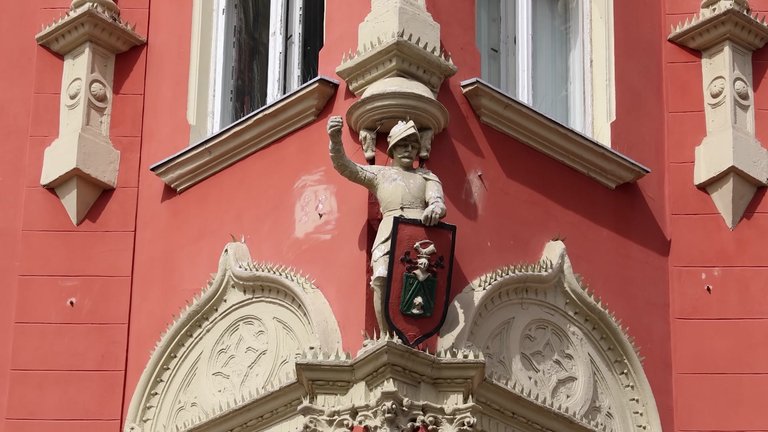
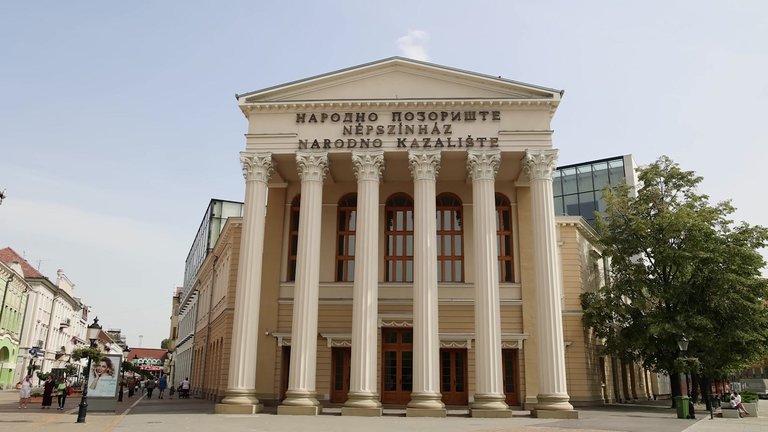
And this multiculturalism in the city is reflected in the buildings as well. For example, there is a McDonald's in the town hall. But this is not an ordinary McDonald's. It is designed as if it existed in the early 20th century. The town hall was built during this period and you can see the modern style of the building. The interiors have been adapted to modern needs while still harmonizing with the old style. For example, even the areas where you can throw away your trash are organized in a modern way. It's an unusual place for a restaurant like McDonald's.
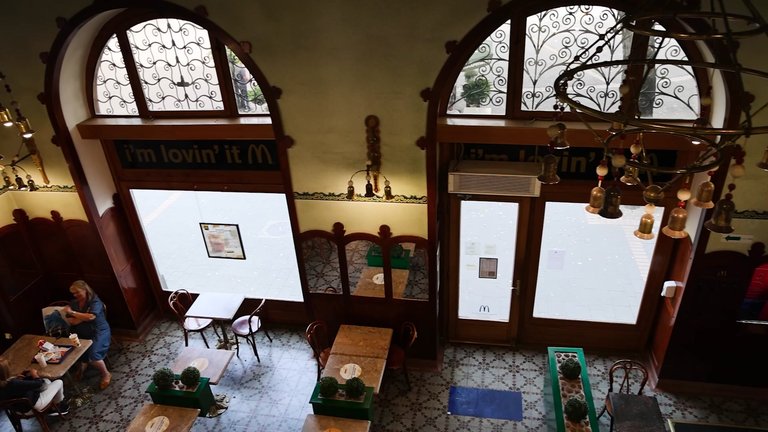
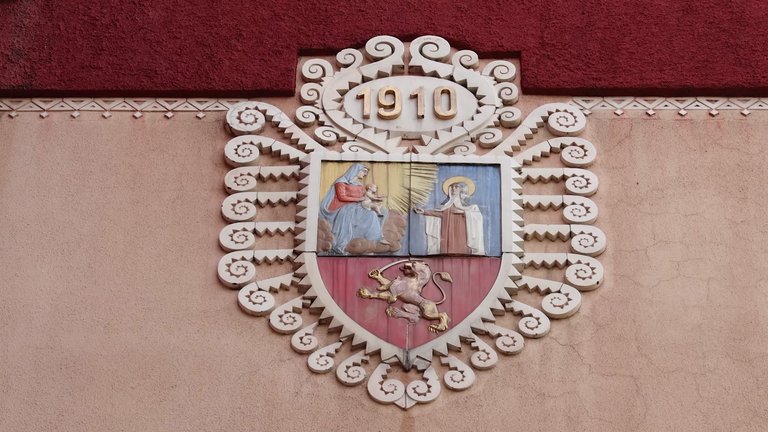
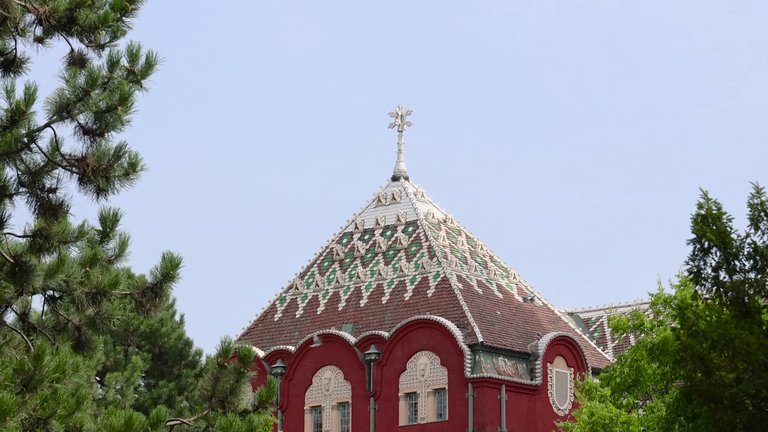
Subotica not only attracts attention with its architecture but also with its many trees, bushes and flower beds. These natural elements add a unique atmosphere to the city. One thing I love about European cities is that instead of just walking down one street, you can wander through different streets. It’s the same here; there are pedestrian zones and small neighborhoods, which makes exploring the city much more enjoyable. Outside the historic center, park areas are located outside the city center, so they don’t affect the traffic in the center. Though the historic center is small, there’s a detail, a beauty at every corner.
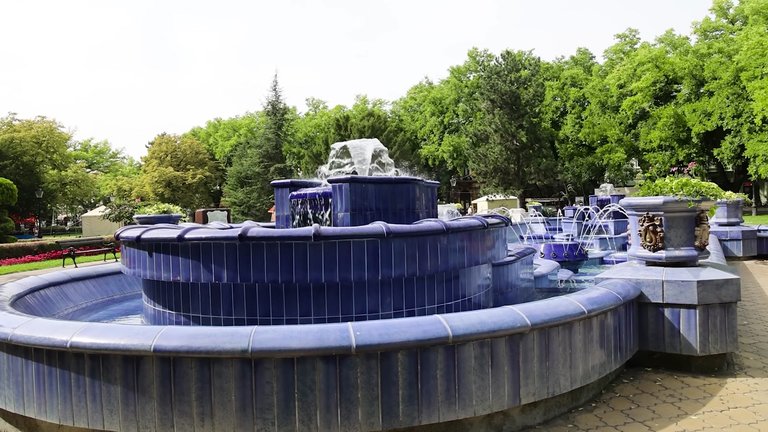

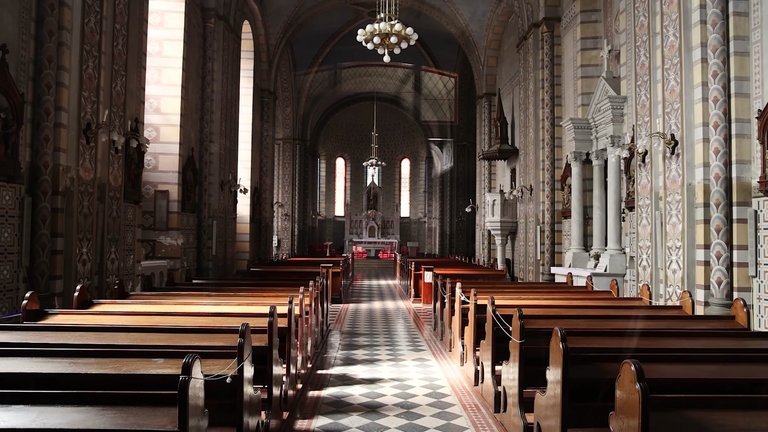
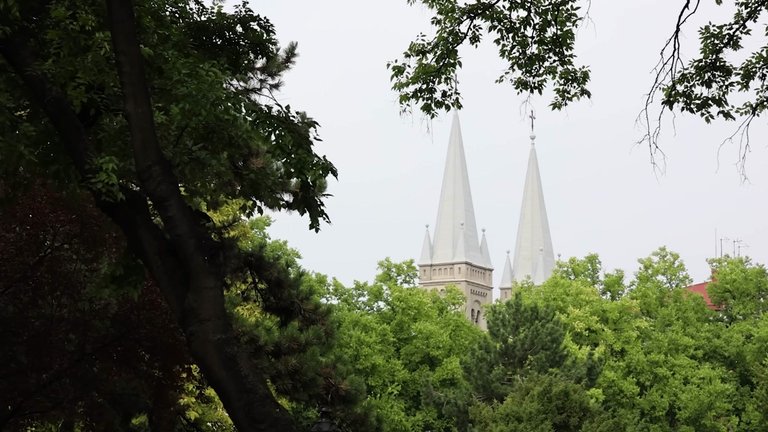
For me, Subotica is a calming city, aesthetically pleasing, beautiful and extraordinary. It’s like experiencing new dishes, something with unexpected combinations that stimulates all your senses. There’s a similar effect on the eyes here. This city with its intense modernism, does not make Subotica an ordinary European town. The historic center is small, but there’s much to discover. This place is ideal for those who enjoy strolling down alleys, relaxing in outdoor cafes or feeling the splash of water from a fountain on a warm day. And capturing this atmosphere, feeling the everyday, calm pace of Europe, is possible here.
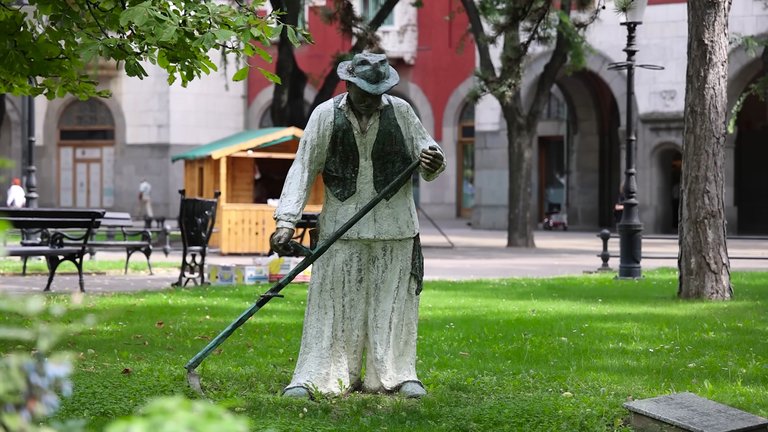
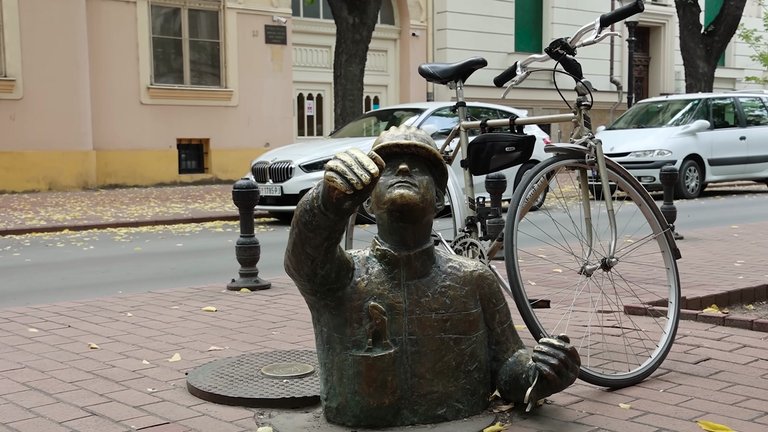
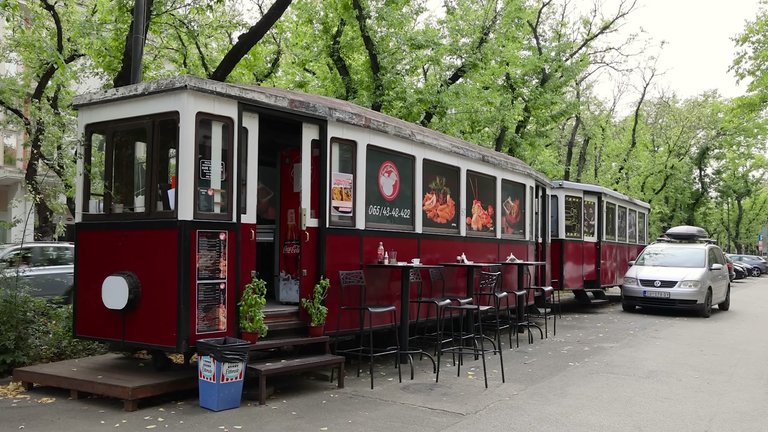
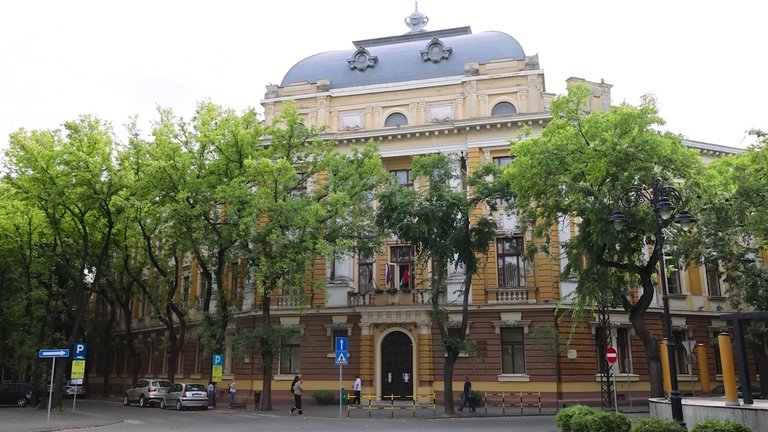
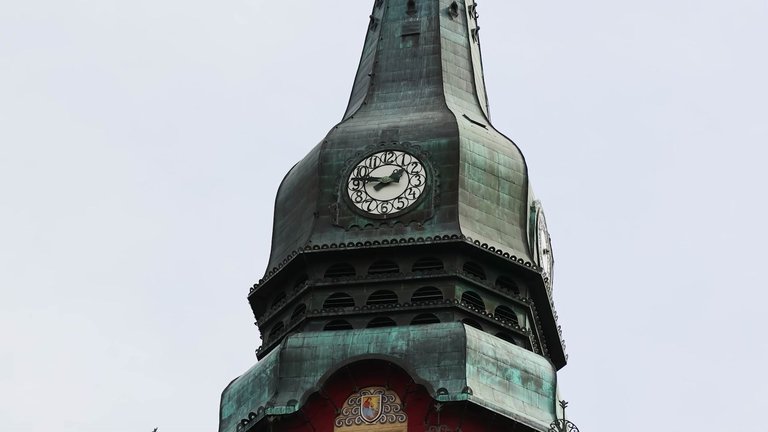
Another fascinating place is the Synagogue, built in 1902. This synagogue was constructed by the local Jewish community and before World War II, about six thousand people lived here. Unfortunately, around four thousand of these people lost their lives in concentration camps and the fate of many still remains unknown.
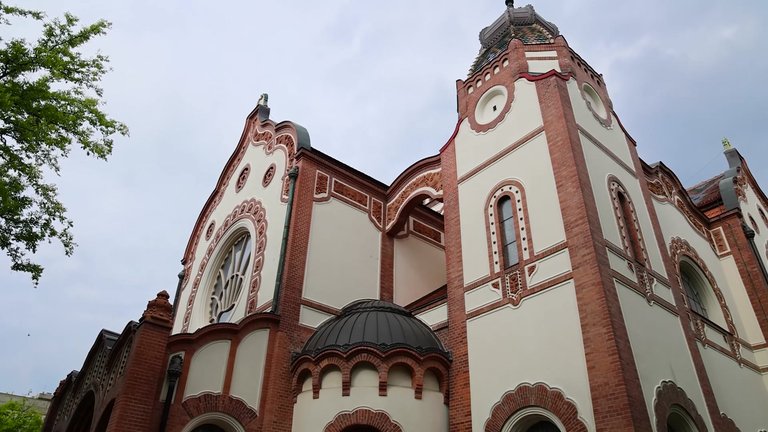
During the war this building was severely damaged and restoration efforts were unfortunately not very successful. In 2000 the World Monuments Fund marked the synagogue as being at risk of disappearing. This prompted Serbia and Hungary to join forces for its restoration. In 2018 it reopened after being restored. My first impression was that it was incredibly beautiful. The building is so magnificent that it’s mesmerizing and being here, listening to music while relaxing, enjoying the stained glass and painted walls is peaceful.
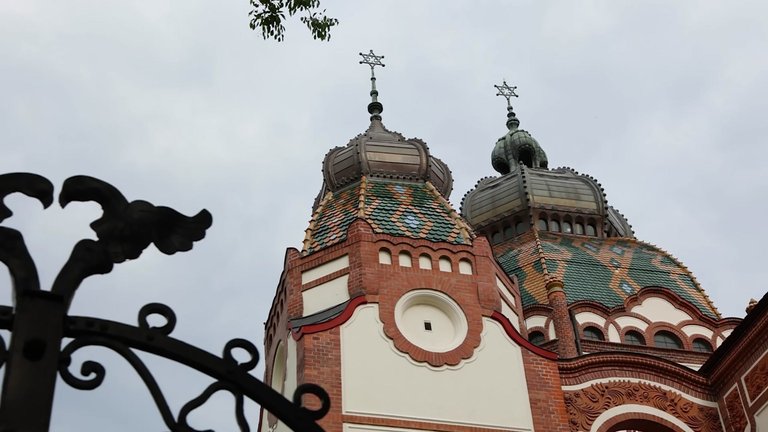
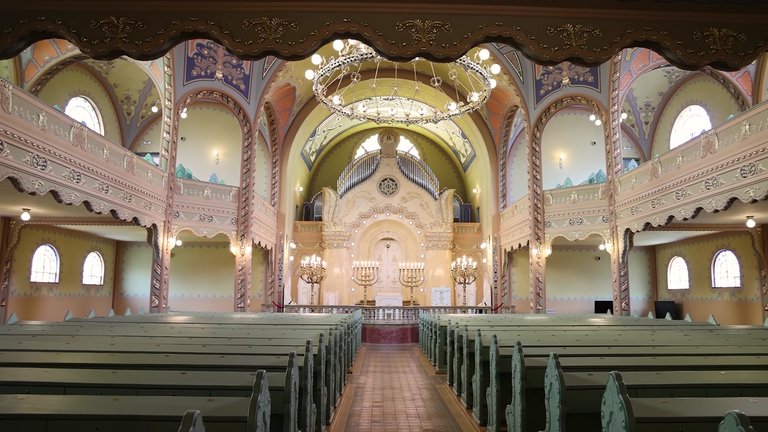
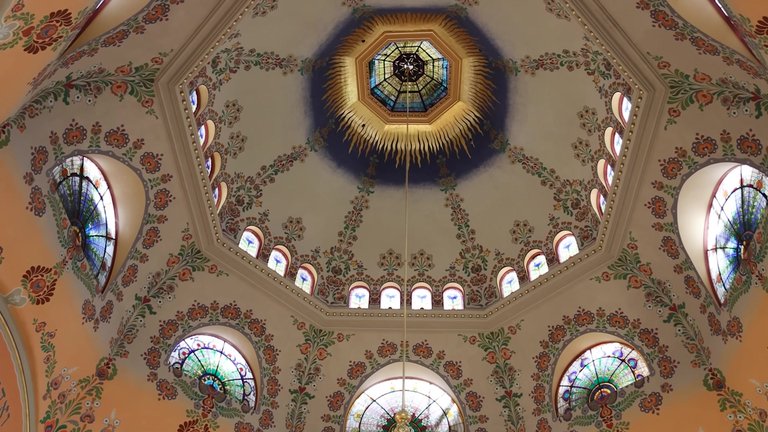
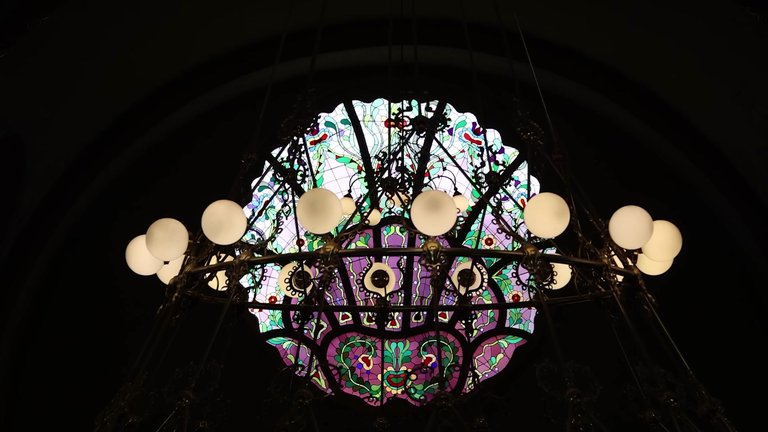
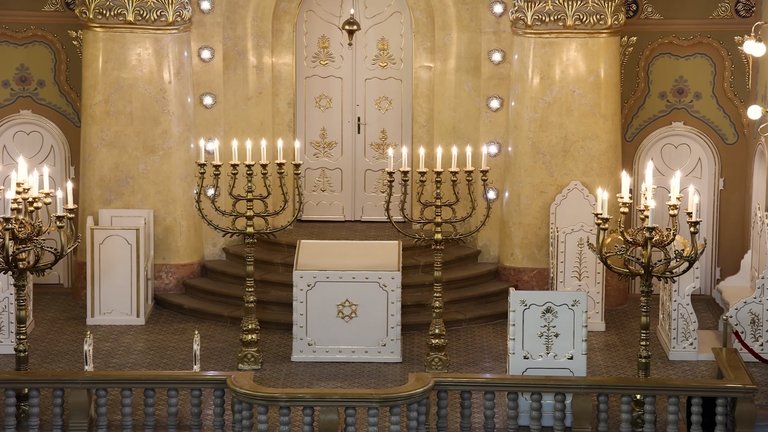
The historic center of Subotica is captivating. To me, this city feels more like a floral city than one of gingerbread houses. There isn’t much to do in the city, no famous museums or must-see entertainment spots. The main entertainment here is walking through the old neighborhoods and spending time in the backdrop of beautiful buildings. Of course, café culture is widespread and sitting at the cafés on the streets while walking around is very enjoyable. Interestingly it seems there aren’t many tourists here. In fact there are almost no shops or stands aimed at tourists. But despite this, the city center has a lively yet calm atmosphere. This gives a feeling of relaxation, almost as if time slows down.
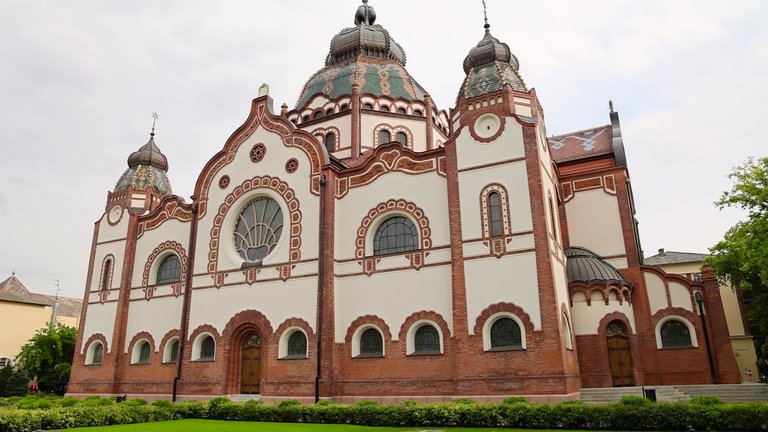
If you venture a little away from Subotica there are a few interesting places to see. One of them is the famous Palic Lake. Chemical analyses have shown that the water in the lake has healing properties. Because of this, the region became as popular as spa towns like Baden-Baden or Karlovy Vary. People from Paris, Berlin and Budapest used to come here. Even the Austrian Royal Family favored it as their vacation spot. However, in the 1970s the mineral composition of the water was disrupted and life in the lake largely disappeared. Currently, efforts to revive the ecosystem are ongoing. It seems like this process is nearing completion and soon tourists will start sharing stories about how they cured their rheumatism and skin diseases here. For now most people are sharing photos with a glass of wine in hand.
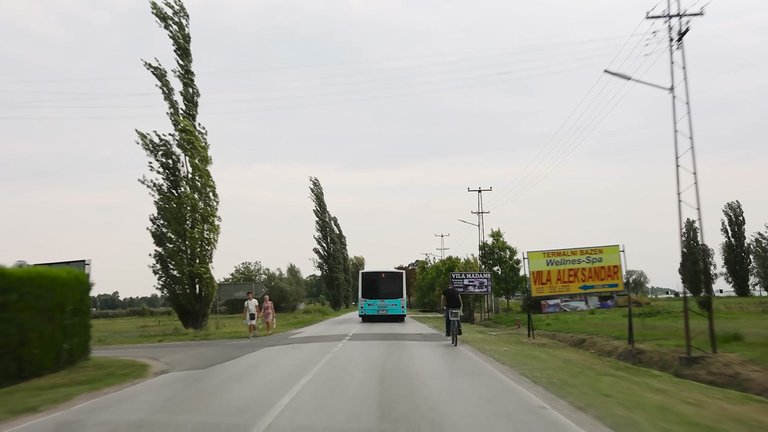
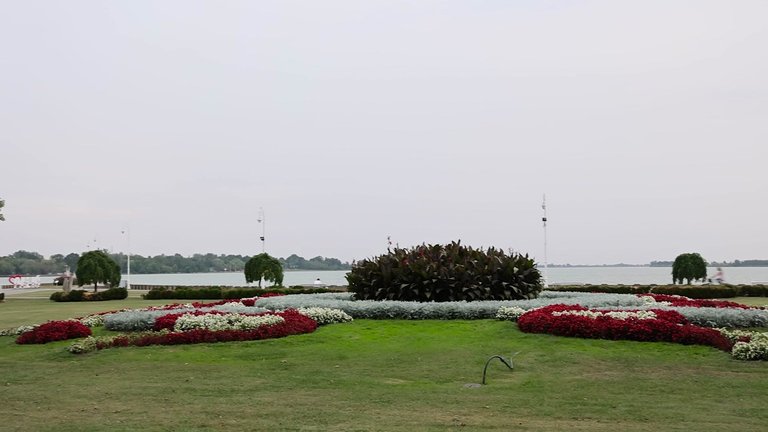
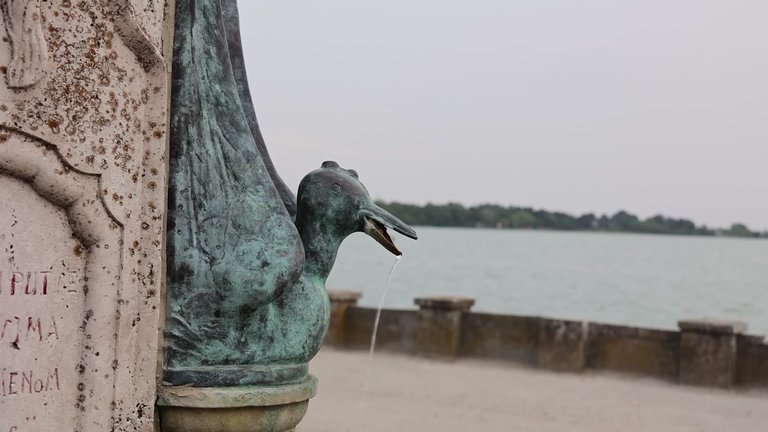

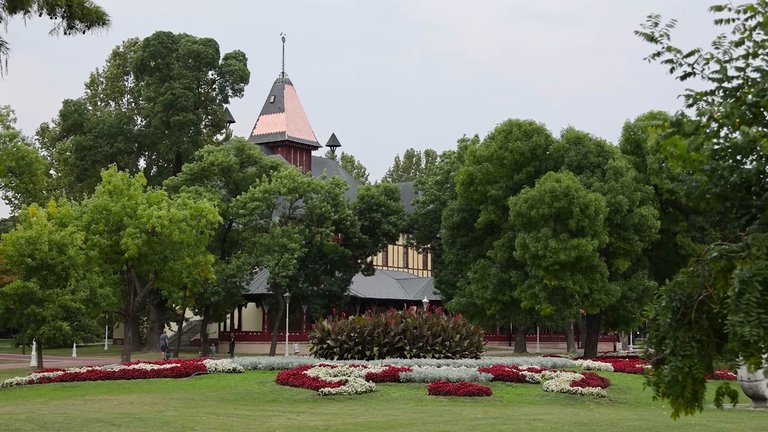
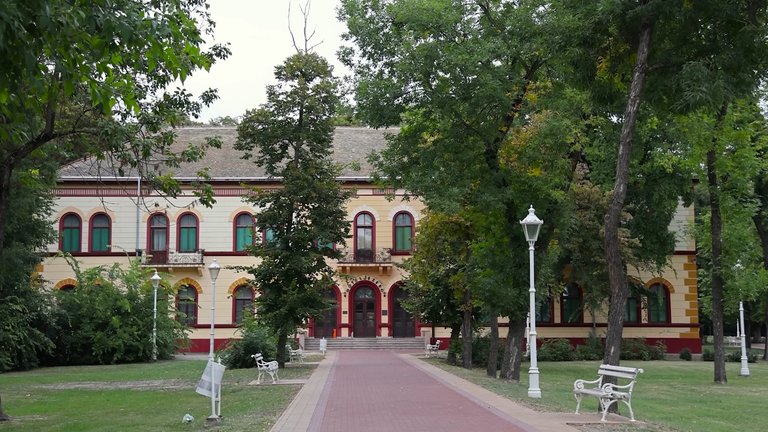
Subotica and its surroundings are also known as one of Serbia’s most important wine regions. In the 18th century, phylloxera wiped out most vineyards in Europe, but the vineyards in this area were preserved. The wine cellars are called Binary and we visited Zvonko Bogdan’s Binary wine cellar. The atmosphere here is like something out of a movie scene. The surroundings are beautiful, with a large restaurant, bar and terrace. You can also enjoy a peaceful spot while watching the vineyards. If you like, you can even do a wine tasting, but this requires a reservation.
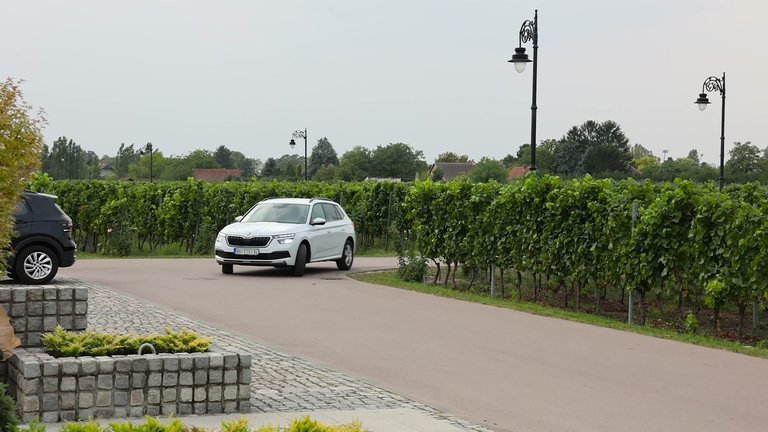
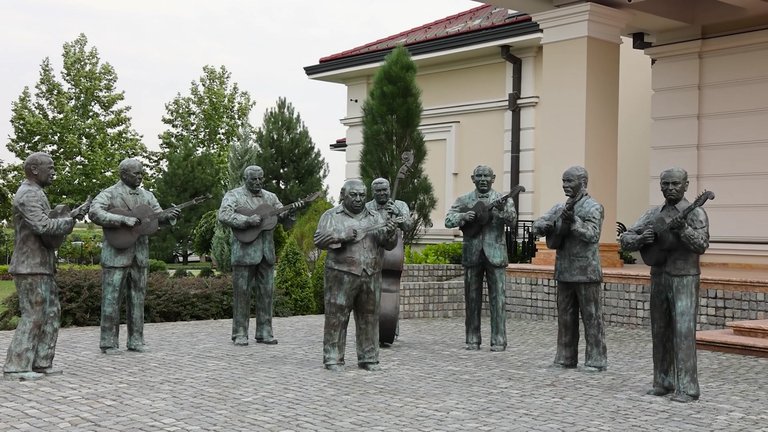
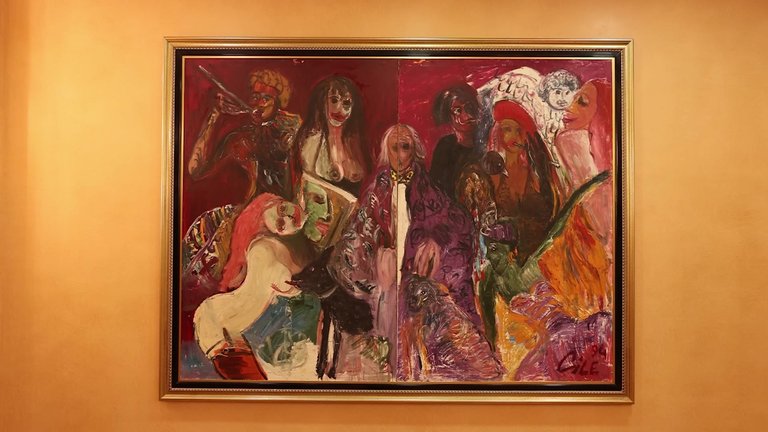
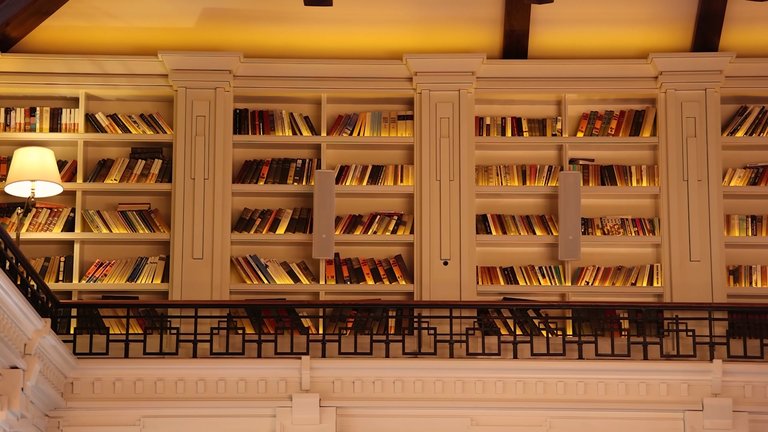
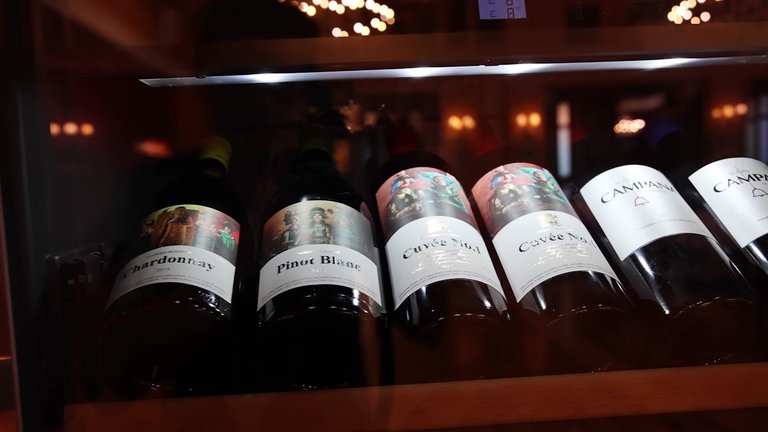
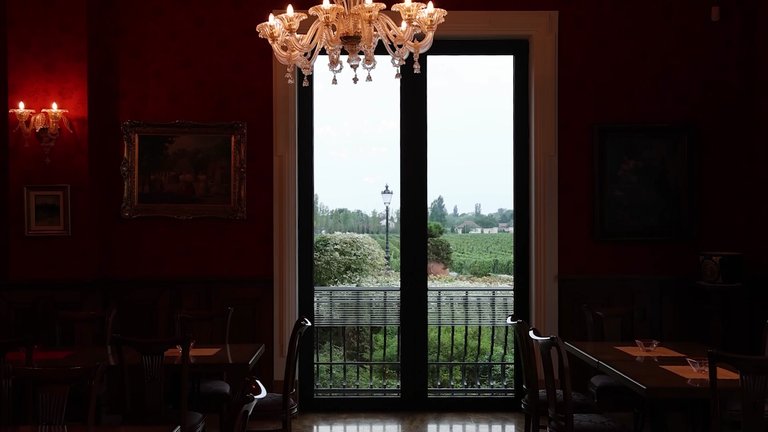
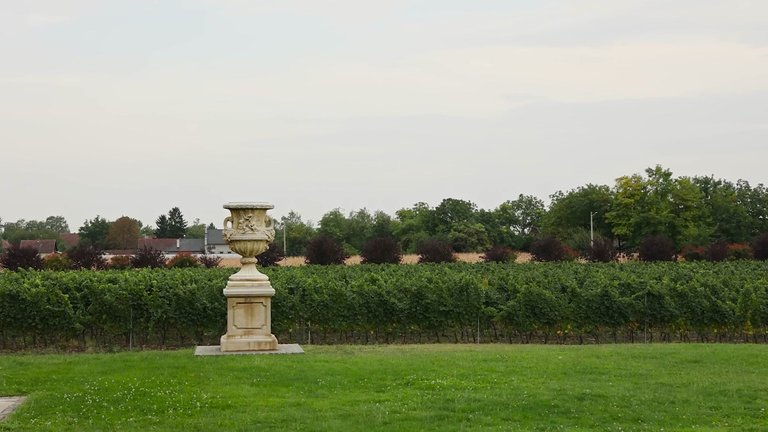
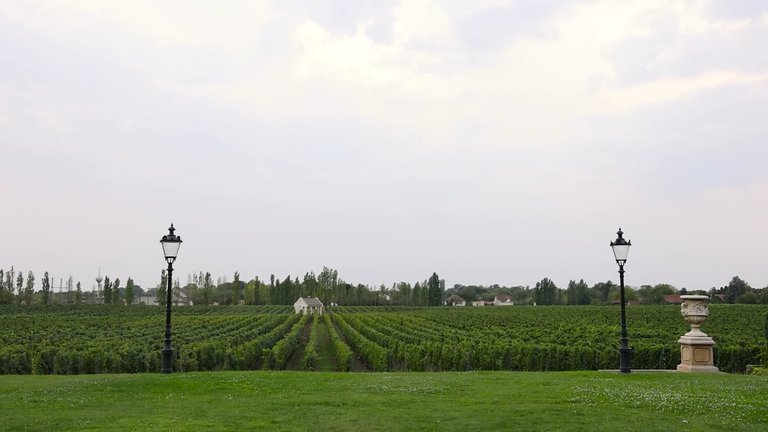
Ending the day with a wine enriched with pear and lime notes was a wonderful experience.
